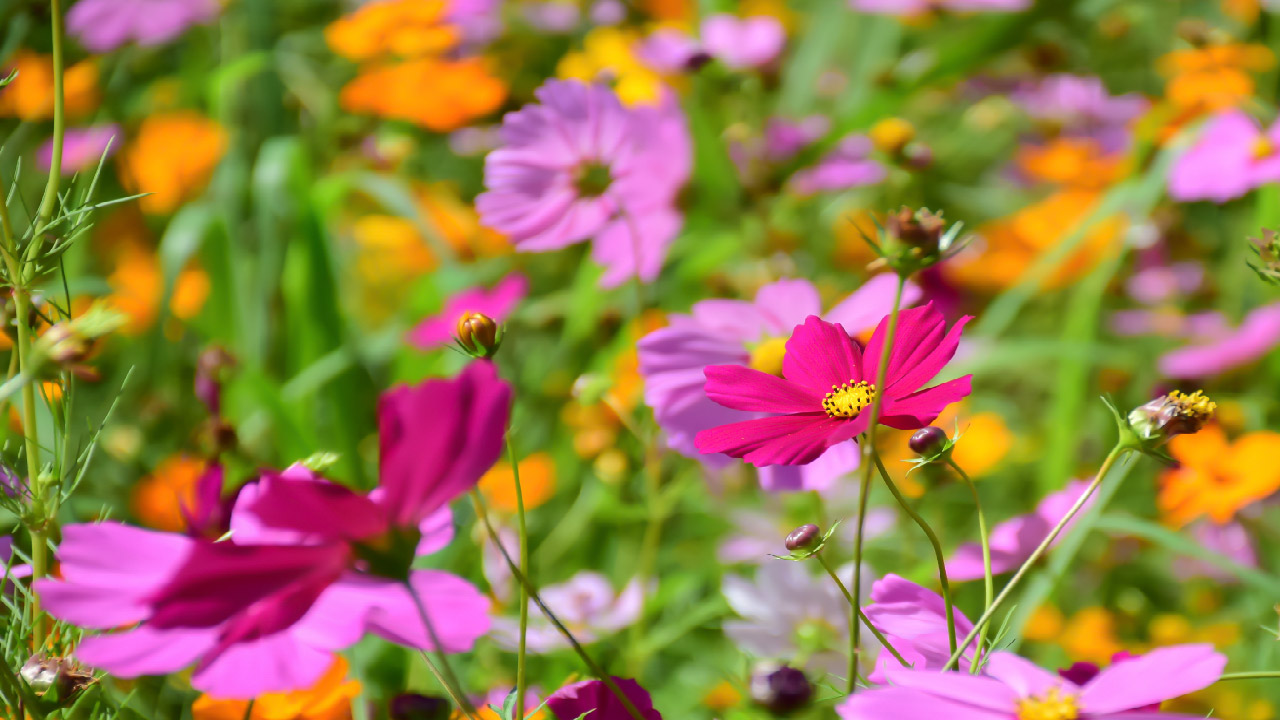Top 5 Creative Gardening Projects Using Drip Irrigation
Mar 14th 2024
Taking care of water requirements is the most essential part of gardening flowers, herbs, spices, or any other plants. Plants can only be harvested in full bloom if their roots are hydrated twice or thrice a week, but overhydration can also result in wilted, yellow leaves, which is not a good sign.
Therefore, it is best to take on creative gardening projects using drip irrigation. Apart from being frugal, it is a customizable option to suit the moisture conditions of your plants. In addition, you can prevent water wastage and provide homogenous moisture to cultivate a lush green area, even with little experience.
Here are the top 5 garden drip irrigation ideas to stir your love for gardening. So, let's get started!
What Are the Benefits of Drip Irrigation?
Drip irrigation is a helpful technique for delivering adequate water to plant roots without over-head sprayers, which only dampen the surface. The method has several benefits compared to other irrigation practices:
- Eliminates manual watering
- Targets the root area
- Saves on water bill
- Protects the plants from damage
- Save time with a drip system
- Works for diverse gardening projects
Top 5 Creative Garden Projects Using Drip Irrigation System
Let's explore the 5 creative garden projects utilizing drip irrigation that you can start right away.
1. Healthy Herbal Green House
A portable greenhouse with fresh herbs is a good way to explore your gardening creativity. You can arrange for mini pots or beds to grow the herbs of your choice, including rosemary, cilantro, mint, basil, and so on. With a drip irrigation system, you can automate the watering schedules and maintain precise humidity levels in your greenhouse, leading to maximum growth.
To install the system, you need to set up a drip line and connect it to the header (a large pipe connected to the drip lines for even water distribution). The total number of emitter lines you require depends on the number of plant beds in your greenhouse and their width. For instance, one emitter line for one row (1 ft. wide) and two emitter lines for two rows (2 ft. wide) are all you need to get started.
Secure the system with drainage valves, and the DIY irrigation greenhouse is ready. Besides saving time and effort, it will keep your herbs safe and away from pests for an optimum yield.
2. Vegetable Garden
Drip irrigation is perfect for watering your vegetable plants if they grow in rows. It waters your plants down to the roots. Cabbage, broccoli, lettuce, or cauliflower, you can keep them hydrated without much hassle using a DIY irrigation system.
Just get the drip tape equal to the number of rows and place them on ground level for uniform watering.
You can also order drip irrigation kits for an easier and more economical solution. They're the ideal investment during summer when plants need to be watered at least twice a week. After the setup, you turn on the hose, set a timer, and return to see thoroughly and perfectly watered vegetables in your small, dream garden.
3. Planter Boxes
Arrange a few planter boxes to grow a small garden. Grow your plants, such as vegetables, ornamental flowers, and fruits.
Set up the 1/4" soaker dripline and wrap the tubing around the root zone to cover every plant. Install irrigation emitters for extra coverage and add a timer so the plants receive water periodically. You can use the Dripworks Garden Deck kit to water your planter boxes consistently. Test your installation and adjust the water flow as necessary, keeping in mind the individual requirements of each group. You will end up with a beautifully assorted garden with minimal effort.
4. Beautiful Landscape Garden
Working on a miniature landscape garden can renew your artistic spirit, but it is quite a lot of work when it comes to space preparation. From leveling the ground to supplementing the soil for reasonable growth, harvesting the ornamental plants in a landscape area requires some serious considerations.
But that's where you can benefit from the genius of drip irrigation and prepare your plants for efficient growth. Not only does it help save money, but it also gives the right amount of water directly to the roots. The installation is simple: You can place the irrigation emitters under the fertilized soil and tighten the setup before turning on the water supply.
Depending on the area and water demands, you can adjust the flow rate to achieve the desired outcome. The subsurface irrigation method is also handy for preventing water from evaporation and allowing the plants to thrive under ideal conditions while you're away.
5. Vertical Wall Gardening
Building a vertical wall garden is another creative way to tap your farming impulse. It's particularly a fantastic idea if you live in a limited space where there's not much room for gardening.
We recommend using drip irrigation to meet the watering requirements of your vertical garden plants. You can attach drippers to the small irrigation tubes and join them with the hanging pots for a direct water supply. The system is set on the surface level, which means you can make the repairs (if needed) in a breeze without compromising the look and feel of your wall garden.
The Bottom Line
Drip irrigation is the most effective and hassle-free method for moistening your plants and making them grow in tip-top condition. It maintains a moderate environment, ensuring pest resistance and a suitable water supply. You can easily set up this system with proper supplies.
DripWorks offers various drip irrigation supplies for expert farmers and self-taught gardening enthusiasts. From drip tapes and mainline tubing to pressure regulators, our drip irrigation kits include everything needed to complete a perfect home garden project. You can chat live with our agent to get started or contact us by phone for further assistance.

